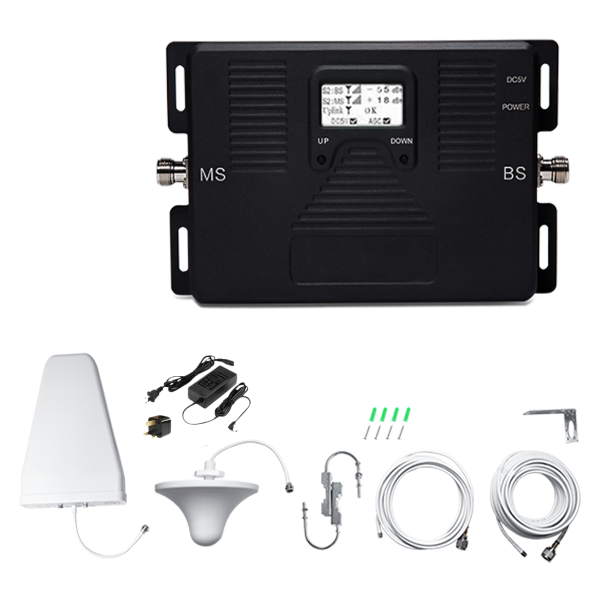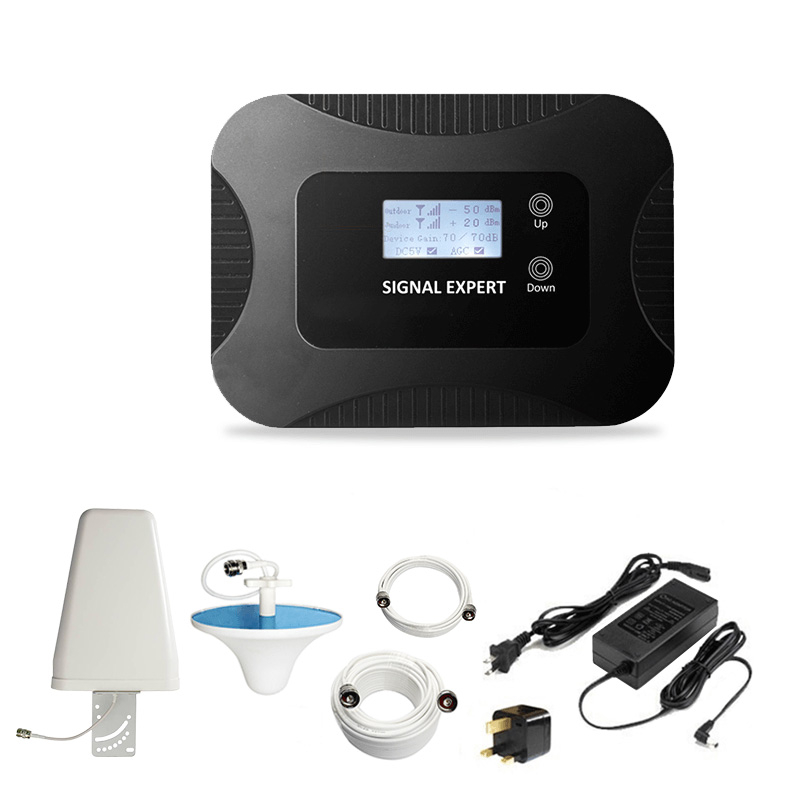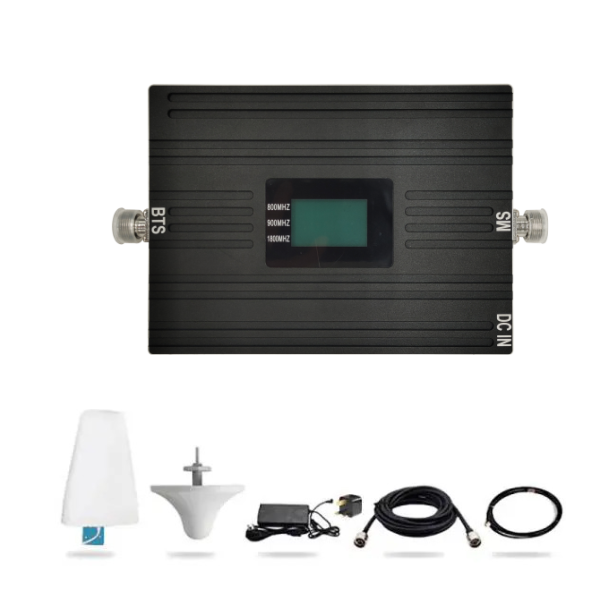




Updated November 1
 16,000 woodworking projects
16,000 woodworking projects
 “done-for-you” plans
“done-for-you” plans
 Step By StepInstructions
Step By StepInstructions
 Detailed Schematics
Detailed Schematics
 Cutting & Materials Lists
Cutting & Materials Lists
 Multiple Views From All Angles
Multiple Views From All Angles
 Suitable For Beginners & Pros
Suitable For Beginners & Pros
 Lifetime Access
Lifetime Access
 NO recurring fees
NO recurring fees

Over 9.000 people have bought this product
23 days ago

I’ve read numerous books and bought several online woodworking plans and this is clearly the best that is on the market in every aspect. It has got lots of different ideas and inspiration. Plans are detailed and the instructions are in-depth.
I’d rate this package as one of the best collection on woodworking plans I’ve reviewed. You simply must get this, especially if you are just getting started in woodworking. As far as I am concerned, this is a bargain. The level of detail will set a new standard in the field
Willie Stark
1 month ago

I just got this package a few days ago, and I’ve had a hard time putting it down. There are lots of full-color pictures, with thorough descriptions of every step in the project. These turned out to be even better than I’d hoped!
Plans are super easy to read and understand, unlike several others I looked online. I can’t wait to get started building some of the pieces and I have some projects picked out to start as soon as I can get the lumber! A valuable addition to my woodworking reference library. I would highly recommend it to anyone who’s interested in woodworking.
Bradly Lerwill
3.5 months ago

I had been burned before, but Ted proved me wrong and I couldn't be happier with the purchase.
For a beginner, this package is a god-send because you'll get every detail you need for your project. It even lists the different tools needed and how to use them and the plan explains the entire process to you.
If you want to get ideas on your project or build thousands of quality works in wood, you owe it to yourself to get this package.
Kevin Roane
days ago

Of all the woodwork plans I have bought over the years, this is the best collection I have. Its an excellent resource for beginners as well as seasoned woodworkers. It includes tons of blueprints for different small crafts, furniture and outdoor projects and it’s simply outstanding…an excellent investment for anyone starting out.
I would loved to have had these when I was building my first outdoor deck. Considering the excellent content, and the quality of the plans itself, this package is quite a bargain.
Melvin Jones
23 days ago

I’ve read numerous books and bought several online woodworking plans and this is clearly the best that is on the market in every aspect. It has got lots of different ideas and inspiration. Plans are detailed and the instructions are in-depth.
I’d rate this package as one of the best collection on woodworking plans I’ve reviewed. You simply must get this, especially if you are just getting started in woodworking. As far as I am concerned, this is a bargain. The level of detail will set a new standard in the field
Willie Stark
1 month ago

I just got this package a few days ago, and I’ve had a hard time putting it down. There are lots of full-color pictures, with thorough descriptions of every step in the project. These turned out to be even better than I’d hoped!
Plans are super easy to read and understand, unlike several others I looked online. I can’t wait to get started building some of the pieces and I have some projects picked out to start as soon as I can get the lumber! A valuable addition to my woodworking reference library. I would highly recommend it to anyone who’s interested in woodworking.
Bradly Lerwill
3.5 months ago

I had been burned before, but Ted proved me wrong and I couldn't be happier with the purchase.
For a beginner, this package is a god-send because you'll get every detail you need for your project. It even lists the different tools needed and how to use them and the plan explains the entire process to you.
If you want to get ideas on your project or build thousands of quality works in wood, you owe it to yourself to get this package.
Kevin Roane
days ago

Of all the woodwork plans I have bought over the years, this is the best collection I have. Its an excellent resource for beginners as well as seasoned woodworkers. It includes tons of blueprints for different small crafts, furniture and outdoor projects and it’s simply outstanding…an excellent investment for anyone starting out.
I would loved to have had these when I was building my first outdoor deck. Considering the excellent content, and the quality of the plans itself, this package is quite a bargain.
Melvin Jones
 16,000 woodworking projects
16,000 woodworking projects
 “done-for-you” plans
“done-for-you” plans
 Step By StepInstructions
Step By StepInstructions
 Detailed Schematics
Detailed Schematics
 Cutting & Materials Lists
Cutting & Materials Lists
 Multiple Views From All Angles
Multiple Views From All Angles
 Suitable For Beginners & Pros
Suitable For Beginners & Pros
 Lifetime Access
Lifetime Access
 NO recurring fees
NO recurring fees
 60,000 Minutes In Crystal-Clear HD
60,000 Minutes In Crystal-Clear HD
 Step-By-Step Video Instructions
Step-By-Step Video Instructions
 3D And 2D Detailed Schematics
3D And 2D Detailed Schematics
 Parts, Tools And Materials List
Parts, Tools And Materials List
 60 Days Money Back Guarantee
60 Days Money Back Guarantee
 Over 5,000 Happy Woodworkers
Over 5,000 Happy Woodworkers

Over 4.300 people have bought this product
 60,000 Minutes In Crystal-Clear HD
60,000 Minutes In Crystal-Clear HD
 Step-By-Step Video Instructions
Step-By-Step Video Instructions
 3D And 2D Detailed Schematics
3D And 2D Detailed Schematics
 Parts, Tools And Materials List
Parts, Tools And Materials List
 60 Days Money Back Guarantee
60 Days Money Back Guarantee
 Over 5,000 Happy Woodworkers
Over 5,000 Happy Woodworkers
 Instant Signal Boost of up to 5 Bars
Instant Signal Boost of up to 5 Bars
 Support All Major UK Networks
Support All Major UK Networks
 Boosts 4G & Voice
Boosts 4G & Voice
 Ideal for Houses
Ideal for Houses
 Do-It-Yourself Installation
Do-It-Yourself Installation
 Best Technical Support
Best Technical Support
 CE & RoHS Iso Certified Product
CE & RoHS Iso Certified Product
 Kit includes all accessories (antennas, cables, adapters, etc..)
Kit includes all accessories (antennas, cables, adapters, etc..)
 2 Years Warranty
2 Years Warranty
 Higher in price compared to better options
Higher in price compared to better options
 Does not boost 3G
Does not boost 3G
 Has bulkier design than others
Has bulkier design than others

Over 4.000 people have bought this product
 Instant Signal Boost of up to 5 Bars
Instant Signal Boost of up to 5 Bars
 Support All Major UK Networks
Support All Major UK Networks
 Boosts 4G & Voice
Boosts 4G & Voice
 Ideal for Houses
Ideal for Houses
 Do-It-Yourself Installation
Do-It-Yourself Installation
 Best Technical Support
Best Technical Support
 CE & RoHS Iso Certified Product
CE & RoHS Iso Certified Product
 Kit includes all accessories (antennas, cables, adapters, etc..)
Kit includes all accessories (antennas, cables, adapters, etc..)
 2 Years Warranty
2 Years Warranty
 Higher in price compared to better options
Higher in price compared to better options
 Does not boost 3G
Does not boost 3G
 Has bulkier design than others
Has bulkier design than others
At Reviews Bee , we take pride in our unique and innovative approach to product and service reviews, setting us apart from other review websites. Our primary objective is to provide consumers with a seamless experience in finding the best products or services online , eliminating the need for hours of extensive research.
Learn more





























(antennas, cables, adapters, etc..)















(antennas, cables, adapters, etc..)
Woodworking encompasses a wide range of techniques and disciplines. Here’s a short guide to some common types of woodworking:
Each type of woodworking offers unique challenges and opportunities for creativity, making it a diverse and rewarding craft to explore.
Knowing when you need a woodworking plan can make your woodworking projects more organized, efficient, and successful. Here are some situations where having a woodworking plan is particularly beneficial:
In essence, woodworking plans provide structure, guidance, and efficiency, making them invaluable tools for both novice and experienced woodworkers alike, especially in projects where precision, safety, and efficiency are paramount.